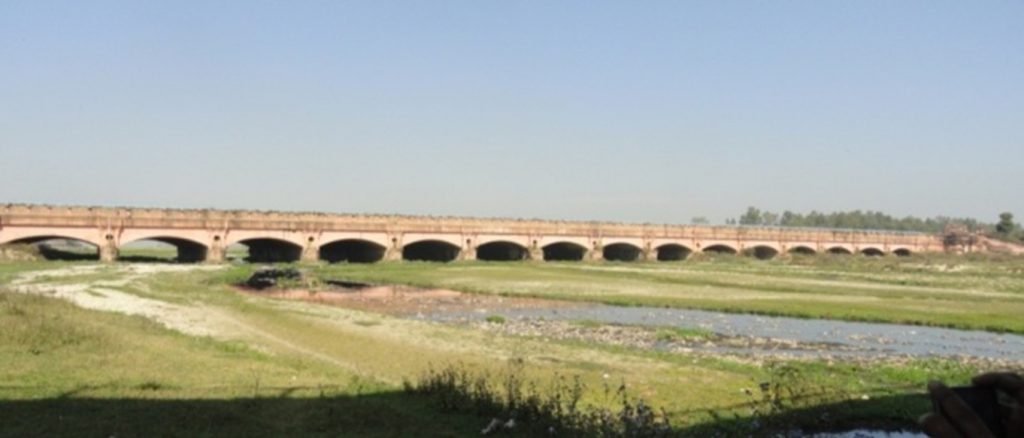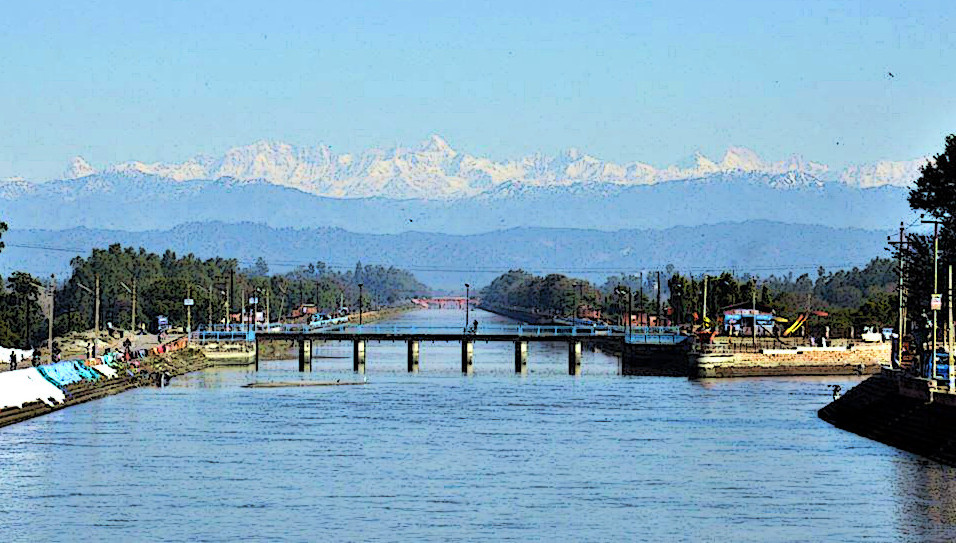
Technical Tour
Tehri Dam
It is one of the highest dams of its type in the world on the Bhagirathi River near Tehri in Uttarakhand, India. Its length is 575 m, crest width 20 m, and base width 1,128 m. The dam creates a reservoir of 4.0 km3 with a surface area of 52 km2. It comprises of a 260.5 m high Earth & Rockfill dam, a Spillway System having one Chute Spillway and four Shaft Spillways designed for PMF of 15540 m3/s and a drop of 220 m and an underground Power House containing four Turbine/Generator sets of 250 MW each, designed to operate with a head variation of 90 m. Project was commissioned in 2006-07 and all four machines of Tehri Power Station are under commercial operation.

Upper Ganga Canal
After the disastrous Agra famine of 1837–38, in which nearly 800,000 people died, Colonel Proby Cautley, who has been affectionately remembered as a British Engineer with an Indian heart, conceived a canal irrigation system known as upper Ganga canal during the period 1840-1854. Its command area is 24000 km2 and augmented flow is 297 m3/s. The system consists of main canal of 272 miles and about 4000 miles long distribution channels. The upper Ganga canal was the largest and costliest man-made waterway in the world in its opening year 1854. Various types of cross-drainage works are provided on the canal. Acciavatti writes in his book that engineers came from around the world to see such cross drainage works which outdid any canals and aqueducts that had been built before. Four major cross-drainage works are Ranipur Syphon, Pathri super passage, Dhanuri level crossing and Solani aqueduct which was ranked as one of the most remarkable massive brick masonry structure in the whole world. This canal was the reason why the first engineering college in India, the Thomason College of Civil Engineering was set up at Roorkee which was later converted into IIT Roorkee in the year 2001.


